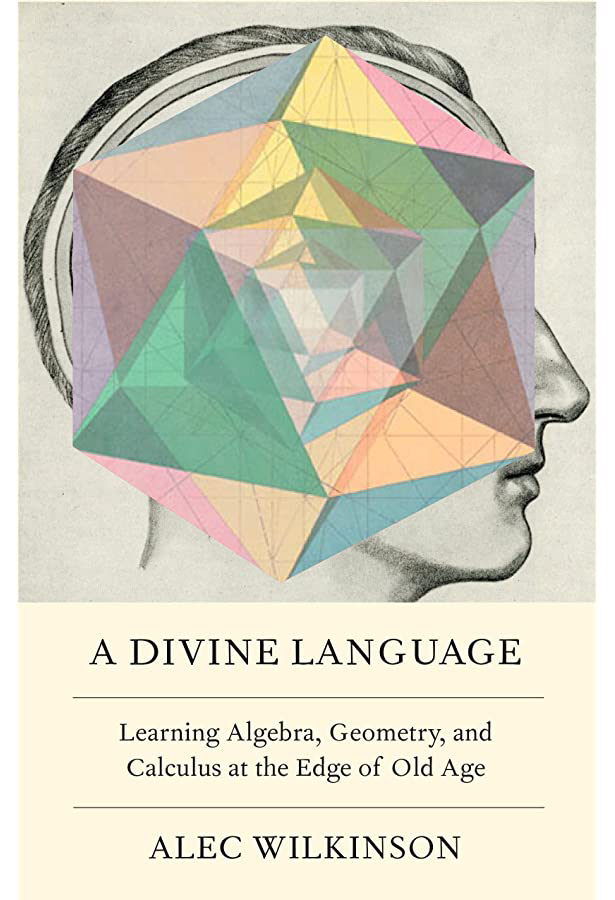 technology
technology 
[ad_1]
The movie-length course, distributed by MasterClass, starts out invitingly enough. Tao exudes calm and confidence. A mathematical mindset, he says, makes “the complex world a bit more manageable.” He suggests that his class might be “even more suitable for those without formal math training.” But very soon, the futility of this attempt to pierce the mystique of mathematics becomes inescapable.
For most of the session, Tao is seated in a white armchair; there are no blackboards, no pens, no paper. “Mathematics is a language of precise communication,” Tao says, and yet here, he is without the most powerful tools for achieving that. Although he tries to be approachable, talking about how he once did poorly in an exam and struggles to assemble window curtains, I felt no closer to the world of math. After 90 minutes of watching, the pithy takeaways I was left with were indistinguishable from what I might learn at a mindfulness retreat: ‘‘Everything is united” and “Embrace failure.”
I am not the only person who has tried—and failed—to break into the church of math. Recently, Alec Wilkinson, a writer for the New Yorker and a longtime believer in self-improvement, took on a yearlong project to conquer some of the basic mathematics that evaded him in his youth: algebra, geometry, and calculus. In his 2022 book A Divine Language, he describes his journey as a quest for redemption after those struggles with high school math. “It had abused me, and I felt aggrieved,” he writes. “I was returning, with a half century’s wisdom, to knock the smile off math’s face.”
Wilkinson has a better plan than mine: he starts with standard textbooks. And he has help. His niece, a math professor, agrees to hold his hand through this journey. But even the first steps through algebra are backbreaking. The skepticism of an adult gets in the way; he cannot seem to accept the rules—the way variables can be added and multiplied, how fractions and exponents work—as readily as children do. What’s more, he finds the textbook writing atrocious.
Revisiting algebra as an adult, Wilkinson declares, is “like meeting someone you hadn’t seen in years and being reminded why you never liked him or her.”
“There is a boosterish quality to the prose, as if learning math is not only fun! but also obscurely patriotic, the duty of an adolescent citizen-in-waiting,” he writes. “In addition to leaving things out, they were careless about language, their sentences were disorderly, their thinking was frequently slipshod, and their tone was often cheerfully and irrationally impatient.” Though he wrestles algebra with decidedly determined rigor, six hours a day for six to seven days a week, and obsesses about it the rest of the time, simple competence continues to elude him. Revisiting algebra as an adult, he declares, is “like meeting someone you hadn’t seen in years and being reminded why you never liked him or her.”

When Wilkinson is not hunched over textbooks, he is dazzled by the mysticism surrounding math. The mathematicians he talks to speak of their profession with quasi-religious sentiments and think of themselves as mere prospectors of a transcendental order. When Wilkinson complains to his niece that math is not yielding to him, he is told, “For a moment, think of it as a monastic discipline. You have to take on faith what I tell you.” Where his niece and others see patterns and order, he perceives only “incoherence, obfuscation, and chaos”; he feels like a monk who sees lesser angels than everybody around him. He is now reproachful of his education and his younger self: Why hadn’t he learned all this better when he had the impressionability of a child?
A year later, Wilkinson can solve some calculus problems, but the journey was difficult, the terrain harsh and often unwelcoming. Math often gets talked about as a language with logic as its grammar. But when you learn a language like Spanish, you can casually pick up some words and immediately unlock a new culture. The introductory steps to formal math, on the other hand, demand a commitment to rigor and abstraction while withholding any usefulness. Among mathematicians, as Wilkinson discovers, there is even a general derision toward those who seek useful application. There is G.H. Hardy’s famous jeer in 1940, “Is not the position of an ordinary applied mathematician in some ways a little pathetic?” Or a more recent remark by John Baez: “If you do not like abstraction, why are you in mathematics? Perhaps you should be in finance, where all the numbers have dollar signs in front of them.” Math’s only promise in return for unwavering fealty is that of a higher plan, much as in a cult. Wilkinson is left as dazed and exhausted as a victim of a shipwreck stranded in the Arctic.
My frustrations and Wilkinson’s highlight the inadequacies of the mediums usually employed in teaching mathematics.Textbooks aren’t always written with accessibility in mind. They vacillate between pedantry and hand-wavy dismissals, and the exercises they present can appear to be a series of pointless drills. At the same time, attempts at an overview can feel frustratingly empty. What Wilkinson and I really needed was a sympathetic voice—the testimony of one who has climbed the heights of abstract math but also has the patience to guide a newcomer.